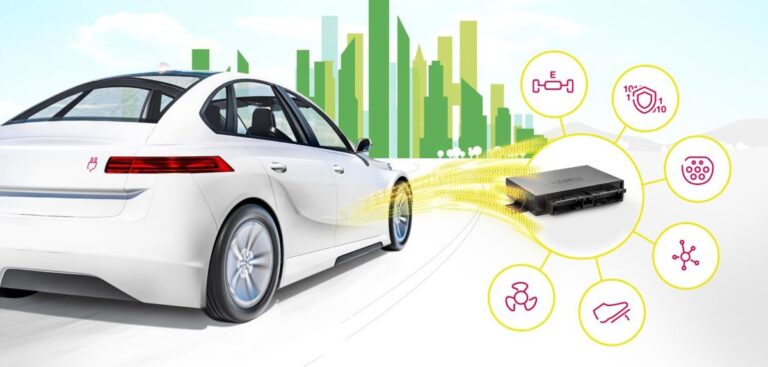Vitesco Technologies, a supplier of modern powertrain technologies and electrification solutions, has been selected by Volkswagen to manufacturer the drive control unit that will be fitted to the marque’s new ID.3 electric car.
The supplier claims to have developed the new server-based drive control unit especially for the Volkswagen Group’s new modular electric drive platform (MEB – German: Modularer E-Antriebs-Baukasten) architecture.
With the ID.3, the unit assumes a number of key functions in the electric propulsion system: it activates the electric motor, co-ordinates all commands initiated by the accelerator pedal, and plays an integral part in charging and energy management, as well as the management of the high-voltage electrical system. It also acts as an interface to the other control units inside the vehicle.
The drive control unit enables connectivity with the outside world to provide software updates, and functional enhancements at any time. As a result, in addition to functional safety, Vitesco says that great attention was placed on cybersecurity during the development of the new component.
Wolfgang Breuer, executive vice president of the Electronic Controls business unit at Vitesco Technologies, said, “This product makes us part of Volkswagen’s electrification ecosystem, which is proof of our strong system and electronics expertise across the entire vehicle propulsion system and beyond.
“We’ve already applied our outstanding expertise in electronics and mechatronic, as well as our understanding of complete powertrain systems to electrified and electric drives. Control systems and the efficient interaction between complex devices will continue to be at the heart of our development.”
The product contains software components developed by Vitesco Technologies, but also serves as the integration platform for software parts provided by Volkswagen, to ensure overall device functionality. Through closely interlinked and trustful collaboration between their respective engineering teams, both companies were able to bring the control unit to production within approximately two years.


